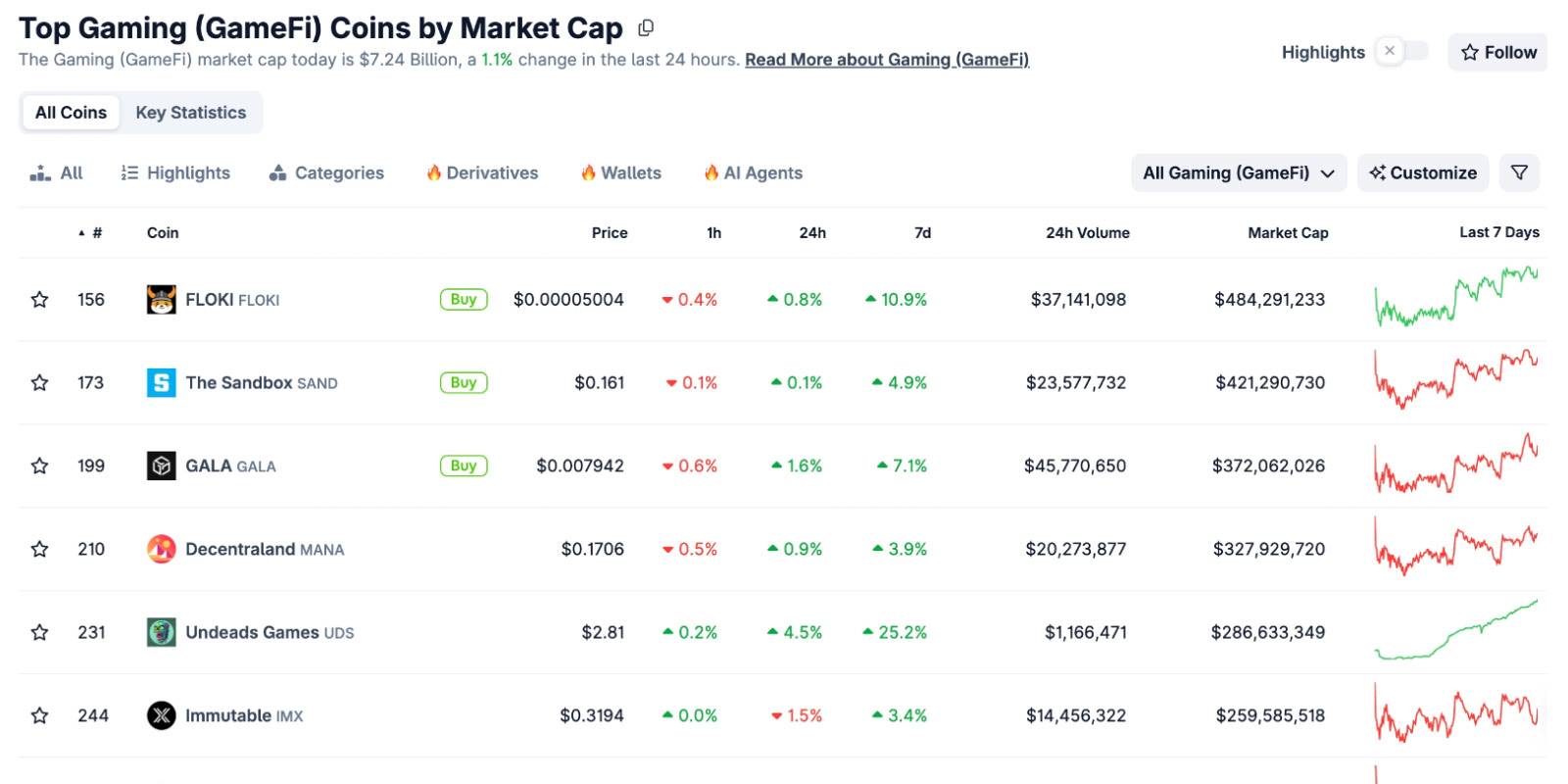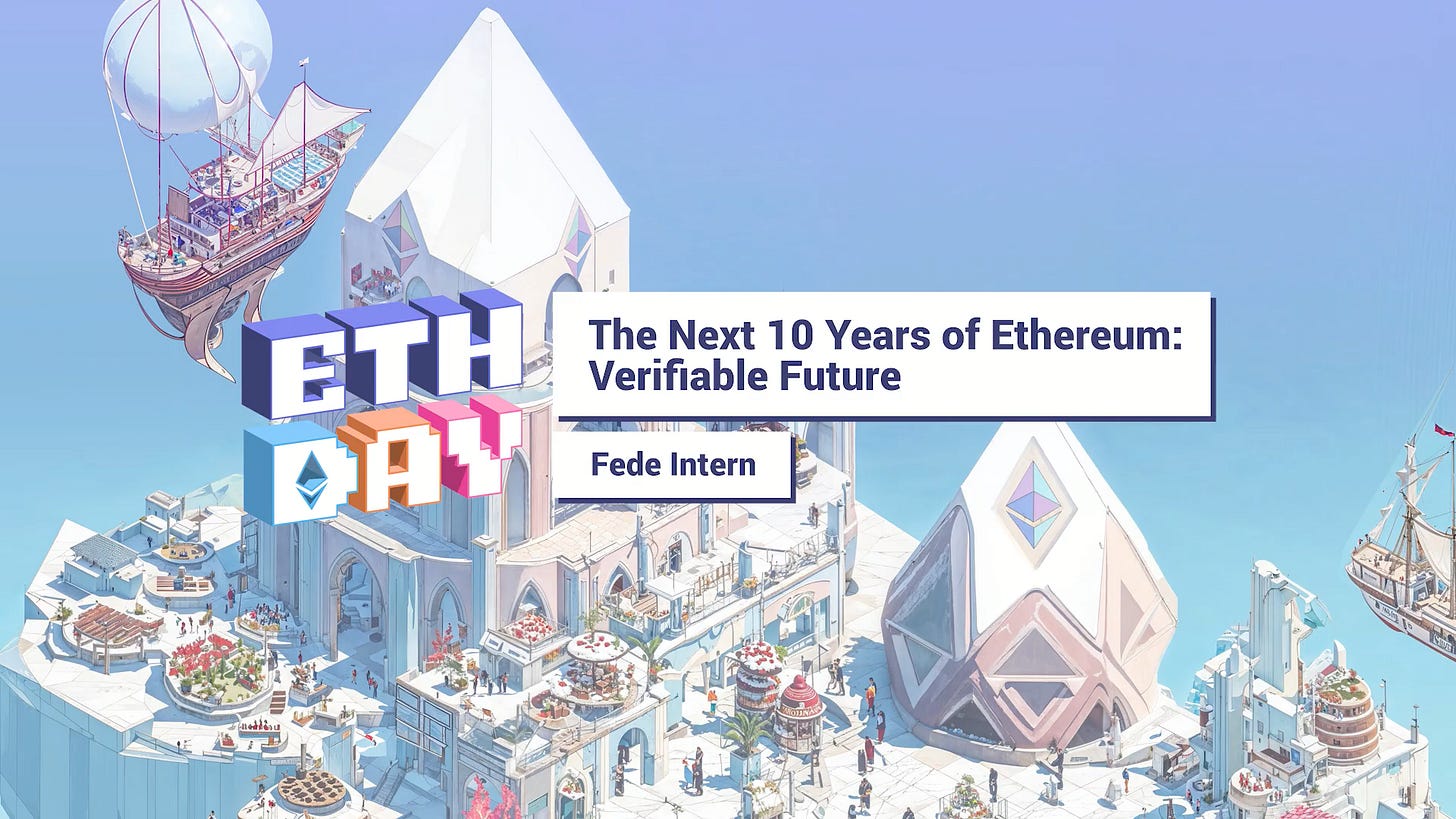Stablecoins in Emerging Markets: A New Frontier for Financial Infrastructure and Investment Opportunity
- Mastercard and Circle expand stablecoin settlements in EEMEA using USDC/EURC to streamline cross-border commerce via blockchain. - Partnerships reduce transaction fees by 70% and enable near-instant settlements, addressing liquidity challenges in emerging markets. - Compliance with EU MiCA and U.S. GENIUS Act ensures regulatory alignment, building trust for mainstream adoption in volatile markets. - Early adopters like Arab Financial Services and Eazy Financial Services demonstrate scalable B2B and remit
The financial world is witnessing a seismic shift as stablecoins transition from speculative assets to foundational tools for global commerce. Mastercard and Circle’s expanded partnership to enable USDC and EURC settlements in the Eastern Europe, Middle East, and Africa (EEMEA) region represents a pivotal moment in this evolution. By leveraging blockchain-native assets to streamline cross-border trade and reduce settlement friction, the collaboration is not merely a technological upgrade—it is a strategic reimagining of financial infrastructure tailored to the needs of emerging markets.
Regulatory Alignment and Institutional Trust
The partnership’s success hinges on its alignment with evolving regulatory frameworks. Mastercard’s integration of USDC and EURC into its network is explicitly designed to comply with the EU’s Markets in Crypto-Assets (MiCA) regulation and the U.S. GENIUS Act, ensuring that stablecoin settlements meet stringent compliance standards [4]. This alignment is critical in regions where regulatory uncertainty has historically stifled innovation. By applying its decades of experience in security and compliance to the stablecoin space, Mastercard is building institutional trust—a prerequisite for mainstream adoption [1].
Cross-Border Efficiency Gains
Emerging markets have long grappled with the inefficiencies of traditional cross-border payment systems. Arab Financial Services and Eazy Financial Services, among the first adopters of Mastercard’s stablecoin settlement solution, report a 70% reduction in transaction fees compared to legacy systems [4]. This is not merely a cost-saving measure; it is a structural shift. Stablecoins like USDC and EURC, which are fully reserved and pegged to fiat currencies, enable near-instant settlements without the volatility associated with other cryptocurrencies. For businesses in EEMEA, where currency instability and liquidity constraints are persistent challenges, this represents a scalable solution to facilitate B2B transactions, gig economy payouts, and remittances [1].
Early Adopter Success and Market Dynamics
The early adopters of this initiative are already demonstrating its potential. Arab Financial Services, for instance, has integrated USDC into its payment rails to settle high-volume transactions for e-commerce platforms, reducing settlement times from days to minutes [3]. Similarly, Eazy Financial Services has leveraged EURC to streamline cross-border B2B payments for African SMEs, which previously faced delays and high fees due to intermediary banks [1]. These case studies underscore a broader trend: stablecoins are not just a tool for speculation but a mechanism to democratize access to global financial systems.
Circle’s strategic positioning further amplifies this momentum. With a 28% market share in stablecoins and $65.2 billion in USDC circulation, the company is well-positioned to capitalize on the growing demand for programmable money [4]. Mastercard’s collaboration with other stablecoin issuers—such as Paxos and Fiserv—also signals a diversification strategy that mitigates risks tied to any single asset while reinforcing the network’s resilience [1].
Investment Implications
For investors, the Mastercard-Circle partnership highlights a dual opportunity. First, it underscores the growing role of stablecoins in bridging the gap between traditional finance and blockchain ecosystems. Second, it points to the potential for infrastructure providers—those who can integrate stablecoins into existing payment networks—to capture significant market share. The EEMEA region, with its underdeveloped financial infrastructure and high demand for cross-border solutions, is a fertile ground for such innovation.
However, risks remain. Regulatory shifts, particularly in the U.S. and EU, could impact the scalability of stablecoin networks. Additionally, the success of this model depends on continued adoption by acquirers and merchants, which requires education and trust-building. Yet, given the early traction and the strategic alignment with global regulatory trends, the partnership represents a compelling long-term investment thesis.
Conclusion
Mastercard and Circle’s initiative is more than a technical innovation—it is a response to the urgent needs of emerging markets. By transforming stablecoins into a vehicle for efficient, secure, and low-cost transactions, the partnership is laying the groundwork for a new era of financial inclusion. For investors, the message is clear: the future of global commerce is tokenized, and those who build the infrastructure to support it will reap the rewards.
Source:
[1] Mastercard Expands Partnership with Circle to Transform Digital Settlement for Merchants and Acquirers in Region
[2] MA Expands Tie-Up With Circle to Boost Stablecoin Settlements
[3] Mastercard and Circle Redefine Global Payments with Real-Time Stablecoin Settlements
[4] Mastercard and Circle's EEMEA Stablecoin Breakthrough
Disclaimer: The content of this article solely reflects the author's opinion and does not represent the platform in any capacity. This article is not intended to serve as a reference for making investment decisions.
You may also like
COC the Game Changer: When Everything in GameFi Becomes "Verifiable", the Era of P2E 3.0 Begins
The article analyzes the development of the GameFi sector from Axie Infinity to Telegram games, pointing out that Play to Earn 1.0 failed due to the collapse of its economic model and trust issues, while Play for Airdrop was short-lived because it could not retain users. COC Game has introduced the VWA mechanism, which verifies key data on-chain in an attempt to address trust issues and build a sustainable economic model. Summary generated by Mars AI. This summary was generated by the Mars AI model, and its accuracy and completeness are still being iteratively updated.

BTC Volatility Weekly Review (November 17 - December 1)
Key metrics (from 4:00 PM HKT on November 17 to 4:00 PM HKT on December 1): BTC/USD: -9.6% (...

When all GameFi tokens have dropped out of the TOP 100, can COC reignite the narrative with a Bitcoin economic model?
On November 27, $COC mining will be launched. The opportunity to mine the first block won't wait for anyone.

Ethereum's Next Decade: From "Verifiable Computer" to "Internet Property Rights"
Fede, the founder of LambdaClass, provides an in-depth explanation of anti-fragility, the 1 Gigagas scaling goal, and the vision for Lean Ethereum.
